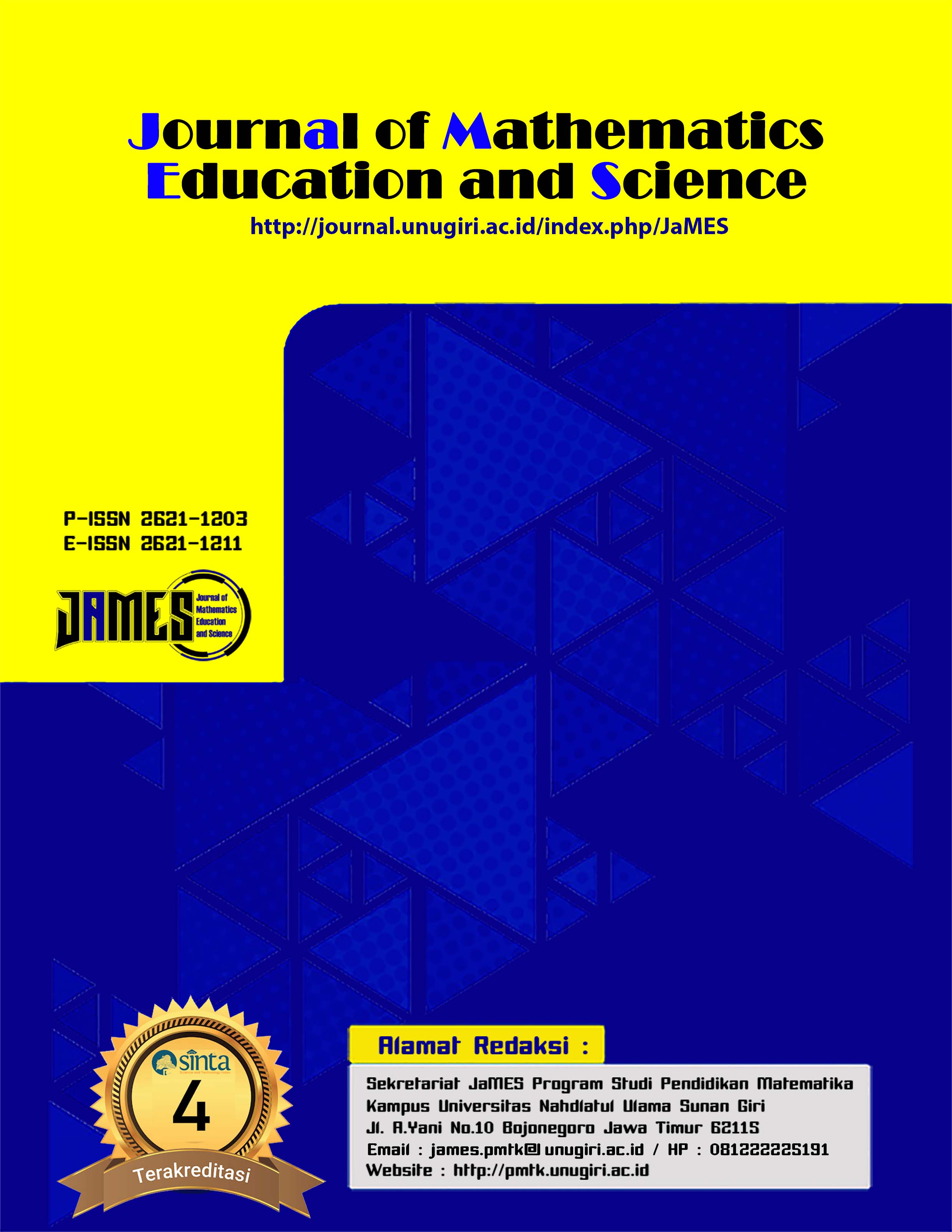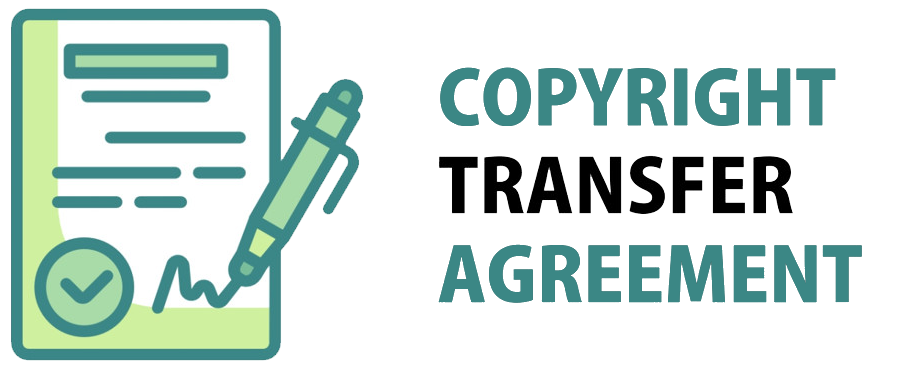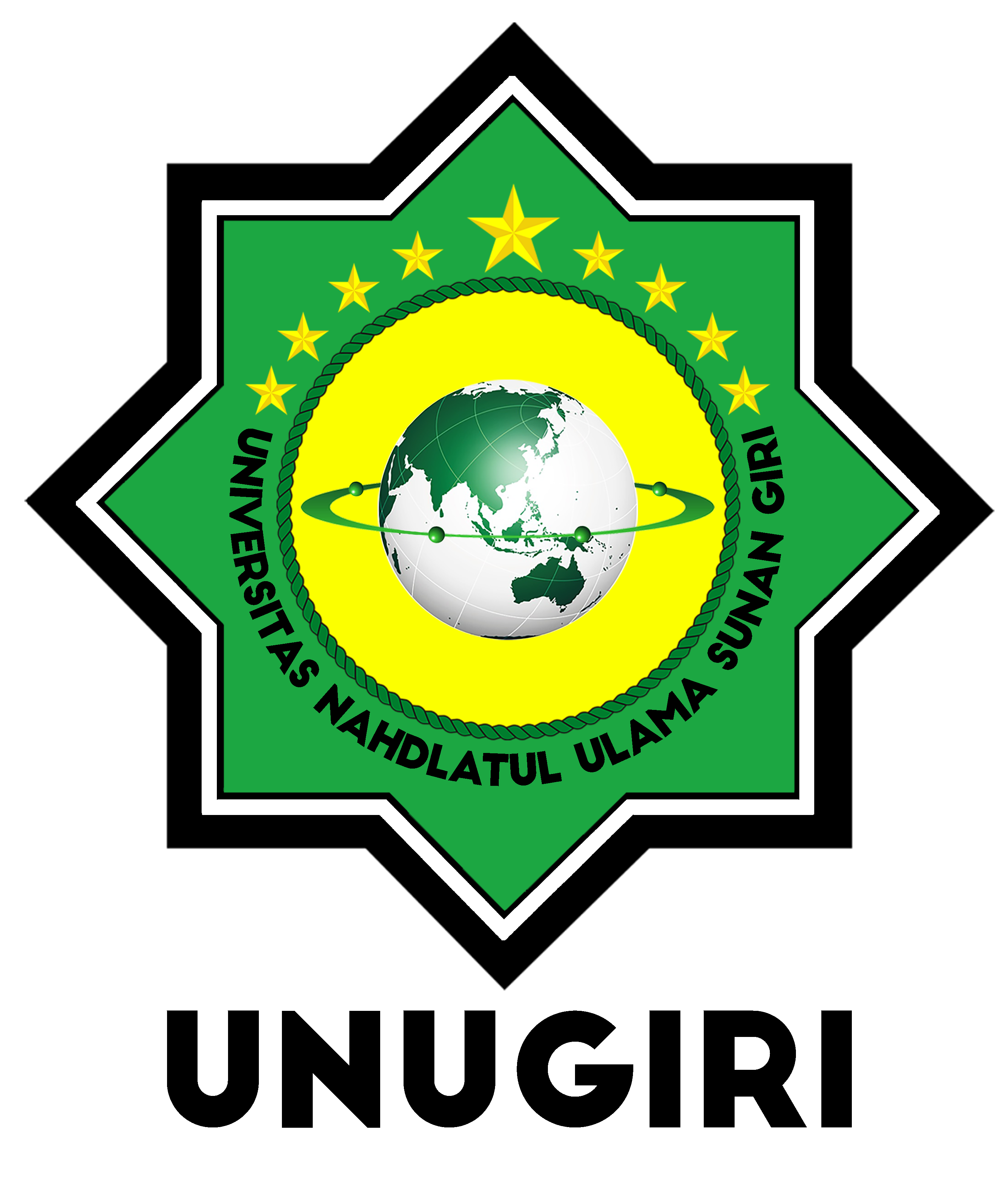DLNN dan BPNN-GA Pada Prediksi Penyakit Diabetes di Bojonegoro
 PDF Download: 240
PDF Download: 240
DOI:
https://doi.org/10.32665/james.v6i1.416Keywords:
Diabetes, Deep Learning Neural Network, Backpropagation Neural Network, Genetic AlgorithmAbstract
Diabetes terjadi ketika kadar gula darah lebih tinggi dari biasanya. Di sisi lain, produksi insulin dianggap tidak mencukupi. telah dicatat dalam beberapa hari terakhir bahwa pangsa pasien yang menderita diabetes telah meningkat ke tingkat yang lebih besar di seluruh dunia. Masalah ini harus ditanggapi lebih serius untuk memastikan bahwa persentase tipikal orang yang menderita diabetes berkurang. Penelitian ini bertujuan untuk mendeteksi lebih dini penyakit diabetes khususnya di Bojonegoro dengan cara memprediksi penyakit tersebut, sehingga dapat mengurangi penderita penyakit diabetes. Digunakan 2 metode dalam penelitian ini, yaitu Deep Learning Neural Network (DLNN) dan menggunakan metode optimasi bobot pada pelatihan Backpropagation Neural Network (BPNN) dengan Algoritma Genetika (GA) (BPNNGA) untuk memprediksi diabetes di Bojonegoro. Hasil penelitian ini menyajikan bahwa dengan menggunakan metode DLNN dan BPNNGA menghasilkan tingkat akurasi sebesar 94%.
References
E. Decroli, Diabetes Melitus Tipe 2. Padang: Pusat Penerbitan Bagian Ilmu Penyakit Dalam, 2019.
Kementerian Kesehatan RI., “Infodatin tetap produktif, cegah, dan atasi Diabetes Melitus 2020,” Pusat Data dan Informasi Kementerian Kesehatan RI. pp. 1–10, 2020.
N. Pradhan, G. Rani, V. Dhaka, and R. Poonia, “Diabetes prediction using artificial neural network,” 2020, pp. 327–339. doi: 10.1016/B978-0-12-819061-6.00014-8.
G. Alfian et al., “Blood glucose prediction model for type 1 diabetes based on artificial neural network with time-domain features,” Biocybern Biomed Eng, vol. 40, no. 4, pp. 1586–1599, 2020, doi: https://doi.org/10.1016/j.bbe.2020.10.004.
M. Yousef, M. Ferwana, S. Sakr, and R. Shammari, “Early prediction of diabetes by applying data mining techniques,” Comput Methods Programs Biomed, vol. 171, p. 3, Apr. 2019, doi: 10.1016/j.cmpb.2018.12.008.
M. Raja and D. Pandian, “PSO-FCM based data mining model to predict diabetic disease,” Comput Methods Programs Biomed, vol. 196, p. 105659, Jul. 2020, doi: 10.1016/j.cmpb.2020.105659.
Md. M. Islam, Md. J. Rahman, D. Chandra Roy, and Md. Maniruzzaman, “Automated detection and classification of diabetes disease based on Bangladesh demographic and health survey data, 2011 using machine learning approach,” Diabetes & Metabolic Syndrome: Clinical Research & Reviews, vol. 14, no. 3, pp. 217–219, 2020, doi: https://doi.org/10.1016/j.dsx.2020.03.004.
A. Oleiwi, L. Shi, Y. Tao, and L. Wei, “A Comparative Analysis and Risk Prediction of Diabetes at Early Stage using Machine Learning Approach,” International Journal of Future Generation Communication and Networking, pp. 4151–4163, Aug. 2020.
H. Yang et al., “Risk Prediction of Diabetes: Big data mining with fusion of multifarious physical examination indicators,” Information Fusion, vol. 75, pp. 140–149, 2021, doi: https://doi.org/10.1016/j.inffus.2021.02.015.
F. Liang et al., “Insulin-resistance and depression cohort data mining to identify nutraceutical related DNA methylation biomarker for type 2 diabetes,” Genes Dis, vol. 8, no. 5, pp. 669–676, 2021, doi: 10.1016/j.gendis.2020.01.013.
S. Perveen, M. Shahbaz, A. Guergachi, and K. Keshavjee, “Performance Analysis of Data Mining Classification Techniques to Predict Diabetes,” Procedia Comput Sci, vol. 82, no. March, pp. 115–121, 2016, doi: 10.1016/j.procs.2016.04.016.
H. Thakkar, V. Shah, H. Yagnik, and M. Shah, “Comparative anatomization of data mining and fuzzy logic techniques used in diabetes prognosis,” Clinical eHealth, vol. 4, no. 2021, pp. 12–23, 2021, doi: 10.1016/j.ceh.2020.11.001.
C. Fiarni, E. M. Sipayung, and S. Maemunah, “Analysis and prediction of diabetes complication disease using data mining algorithm,” Procedia Comput Sci, vol. 161, pp. 449–457, 2019, doi: 10.1016/j.procs.2019.11.144.
B. Davazdahemami and D. Delen, “The confounding role of common diabetes medications in developing acute renal failure: A data mining approach with emphasis on drug-drug interactions,” Expert Syst Appl, vol. 123, pp. 168–177, 2019, doi: https://doi.org/10.1016/j.eswa.2019.01.006.
N. Cahyani, K. Fithriasari, I. Irhamah, and N. Iriawan, “On the Comparison of Deep Learning Neural Network and Binary Logistic Regression for Classifying the Acceptance Status of Bidikmisi Scholarship Applicants in East Java,” Matematika, vol. 34, no. 3, pp. 83–90, 2018, doi: 10.11113/matematika.v34.n3.1141.
N. Cahyani, S. S. Pangastuti, K. Fithriasari, I. Irhamah, and N. Iriawan, “Classification of Bidikmisi Scholarship Acceptance using Neural Network Based on Hybrid Method of Genetic Algorithm,” Indonesian Journal of Statistics and Its Applications, vol. 5, no. 2 SE-Articles, pp. 396–404, Jun. 2021, doi: 10.29244/ijsa.v5i2p396-404.
N. Iriawan et al., “On The Comparison: Random Forest, SMOTEBagging, and Bernoulli Mixture to Classify Bidikmisi Dataset in East Java,” 2018 International Conference on Computer Engineering, Network and Intelligent Multimedia, CENIM 2018 - Proceeding, pp. 137–141, 2018, doi: 10.1109/CENIM.2018.8711035.
W. Wibowo, S. Abdul-Rahman, and N. Cahyani, “Multilevel Logistic Regression and Neural Network-Genetic Algorithm for Modeling Internet Access BT - Soft Computing in Data Science,” 2019, pp. 169–180.
O. Kramer, Studies in Computational Intelligence 679 Genetic Algorithm Essentials. 2017.
Y. Ge, “Genetic Algorithms and Engineering Design (Book Review),” Int J Hum Comput Interact, vol. 9, no. 4, pp. 457–458, 1997, doi: 10.1207/s15327590ijhc0904_9.
D. E. Goldberg, Genetic Algorithms in Search, Optimization and Machine Learning, 1st ed. USA: Addison-Wesley Longman Publishing Co., Inc., 1989.
Y. T. Chang, J. Lin, J. S. Shieh, and M. F. Abbod, “Optimization the initial weights of artificial neural networks via genetic algorithm applied to hip bone fracture prediction,” Advances in Fuzzy Systems, vol. 2012, 2012, doi: 10.1155/2012/951247.
A. J. Al-Shareef and M. F. Abbod, “Neural Networks Initial Weights Optimisation,” in 2010 12th International Conference on Computer Modelling and Simulation, 2010, pp. 57–61. doi: 10.1109/UKSIM.2010.19.
D. Venkatesan, K. Kannan, and R. Saravanan, “A genetic algorithm-based artificial neural network model for the optimization of machining processes,” Neural Comput Appl, vol. 18, no. 2, pp. 135–140, 2009, doi: 10.1007/s00521-007-0166-y.
A. Karegowda, A. S. Manjunath, and J. M.A, “Application of Genetic Algorithm Optimized Neural Network Connection Weights for Medical Diagnosis of PIMA Indians Diabetes,” International Journal on Soft Computing ( IJSC ), vol. 2, Apr. 2011, doi: 10.5121/ijsc.2011.2202.
O. Mohammed, M. Nordin, S. Sulaiman, and W. Fatimah, “Study of Genetic Algorithm to Fully-automate the Design and Training of Artificial Neural Network,” vol. 9, Jan. 2009.
S. Kusumadewi, Membangun Jaringan Syaraf Tiruan (menggunakan MATLAB Dan Excel Link). Yogyakarta: Graha Ilmu, 2004.
V. Trevino and F. Falciani, “GALGO: an R package for multivariate variable selection using genetic algorithms,” Bioinformatics, vol. 22, no. 9, pp. 1154–1156, 2006, doi: 10.1093/bioinformatics/btl074.
Z. Zukhri, Algoritma Genetika: Metode Komputasi Evolusioner untuk Menyelesaikan Masalah Optimasi. 2014.
S. D. Immanuel and U. K. Chakraborty, “Genetic Algorithm: An Approach on Optimization,” Proceedings of the 4th International Conference on Communication and Electronics Systems, ICCES 2019, no. July, pp. 701–708, 2019, doi: 10.1109/ICCES45898.2019.9002372.
D. Chicco, N. Tötsch, and G. Jurman, “The matthews correlation coefficient (Mcc) is more reliable than balanced accuracy, bookmaker informedness, and markedness in two-class confusion matrix evaluation,” BioData Min, vol. 14, pp. 1–22, 2021, doi: 10.1186/s13040-021-00244-z.
N. P. Tigga and S. Garg, “Prediction of Type 2 Diabetes using Machine Learning Classification Methods,” Procedia Comput Sci, vol. 167, no. 2019, pp. 706–716, 2020, doi: 10.1016/j.procs.2020.03.336.
Downloads
Published
How to Cite
Issue
Section
Categories
License
Copyright (c) 2022 Journal of Mathematics Education and Science

This work is licensed under a Creative Commons Attribution-NonCommercial-ShareAlike 4.0 International License.
Authors who publish with this journal agree to the following terms:
- Authors retain copyright and grant the journal right of first publication with the work simultaneously licensed under a Creative Commons Attribution License that allows others to share the work with an acknowledgment of the work's authorship and initial publication in this journal.
- Authors are able to enter into separate, additional contractual arrangements for the non-exclusive distribution of the journal's published version of the work (e.g., post it to an institutional repository or publish it in a book), with an acknowledgment of its initial publication in this journal.
- Authors are permitted and encouraged to post their work online (e.g., in institutional repositories or on their website) before and during the submission process, as it can lead to productive exchanges, as well as earlier and greater citation of published work
 PDF Download: 240
PDF Download: 240
















